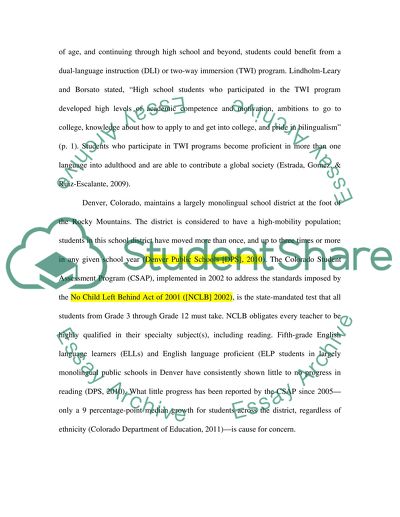Cite this document
(“How to implement dual language programs in already established Dissertation”, n.d.)
Retrieved from https://studentshare.org/education/1395563-how-to-implement-dual-language-programs-in-already
Retrieved from https://studentshare.org/education/1395563-how-to-implement-dual-language-programs-in-already
(How to Implement Dual Language Programs in Already Established Dissertation)
https://studentshare.org/education/1395563-how-to-implement-dual-language-programs-in-already.
https://studentshare.org/education/1395563-how-to-implement-dual-language-programs-in-already.
“How to Implement Dual Language Programs in Already Established Dissertation”, n.d. https://studentshare.org/education/1395563-how-to-implement-dual-language-programs-in-already.


